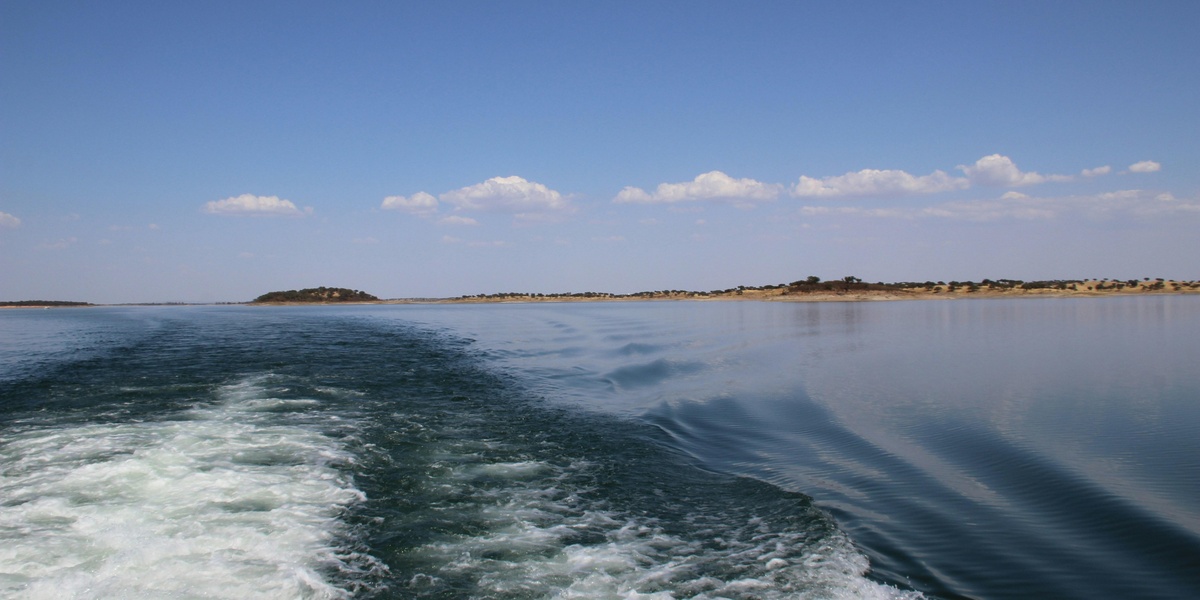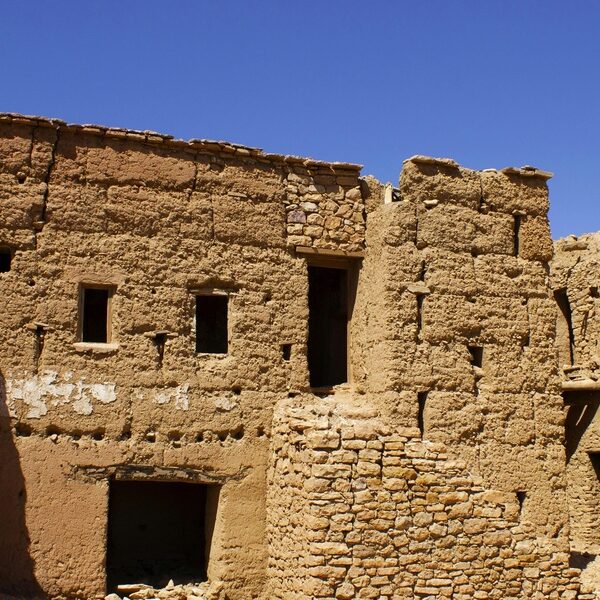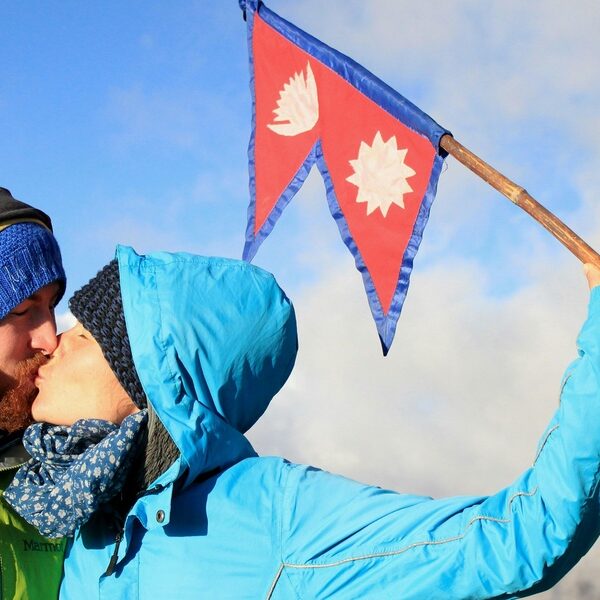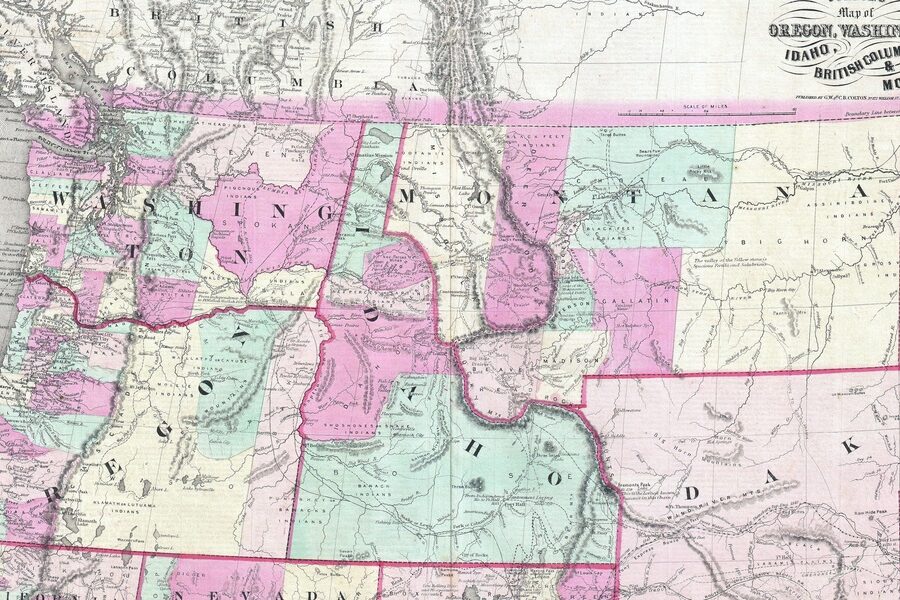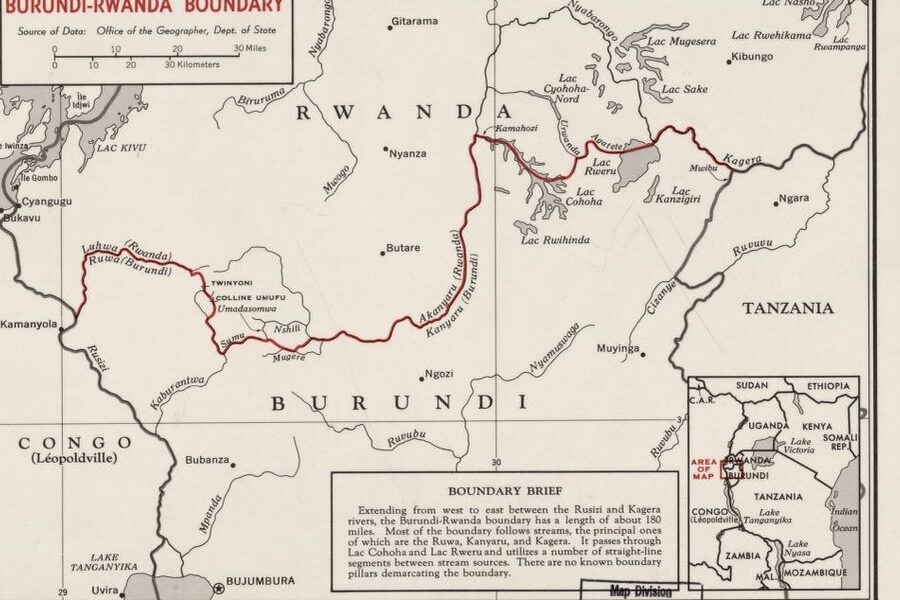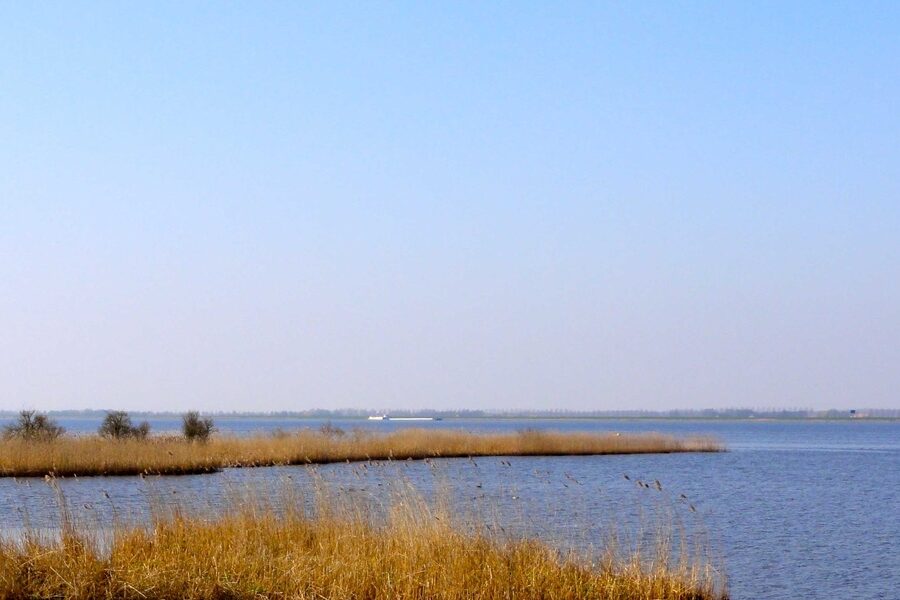Namibia is often celebrated for its vast deserts, towering dunes, and unique wildlife adapted to arid conditions. While water features might not be the first thing that comes to mind, the country does hold a surprising array of lakes, dams, and water-filled depressions that play vital ecological roles and offer striking beauty, often unseen by the casual observer.
Delving into these fascinating water bodies, you’ll find there are exactly 19 Lakes in Namibia, presenting a remarkable range from the ephemeral, striking pans like Deadvlei to the expansive, life-giving Von Bach Dam. For each entry below, we’ve organized key details including its Type, Location (Region), Surface Area (km²), and Key Feature, providing a comprehensive overview of these important sites.
Are there many natural lakes in Namibia?
Given Namibia’s predominantly arid and semi-arid climate, large, permanent natural freshwater lakes are rare. Many of the country’s “lakes” are actually ephemeral pans that fill with water only after significant rainfall, such as Etosha Pan or the famous Deadvlei. Other significant water bodies are often dams or human-made reservoirs, vital for water supply, or unique geological formations like the sinkhole lakes.
What types of water bodies are included in this list?
This list encompasses a variety of water bodies found within Namibia, providing a holistic view beyond just traditional “lakes.” You’ll find a mix of natural pans (ephemeral lakes), permanent sinkhole lakes, and crucial man-made dams and reservoirs. The “Type” column helps distinguish between these different classifications, offering clarity on the nature of each entry.
Lakes in Namibia
| Lake Name | Type | Location (Region) | Surface Area (km²) | Key Feature |
|---|---|---|---|---|
| Etosha Pan | Ephemeral Pan | Oshikoto/Kunene/Oshana | 4,800 | A vast salt pan visible from space; the heart of one of Africa’s greatest wildlife sanctuaries. |
| Neckartal Dam | Dam (reservoir) | ǁKaras | 39 | Namibia’s largest dam by water volume; a major recent infrastructure project for irrigation. |
| Hardap Dam | Dam (reservoir) | Hardap | 25 | Namibia’s largest reservoir by surface area for decades; crucial for irrigation and water supply. |
| Lake Liambezi | Natural Lake | Zambezi | 100 | A large, fluctuating natural lake in the lush Zambezi region, vital for local fishing and wildlife. |
| Naute Dam | Dam (reservoir) | ǁKaras | 14 | Supplies water for Keetmanshoop and large-scale date and grape irrigation projects. |
| Von Bach Dam | Dam (reservoir) | Otjozondjupa | 4.9 | A primary water source for the capital city, Windhoek, and a popular water sports destination. |
| Swakoppoort Dam | Dam (reservoir) | Otjozondjupa | 11.2 | Works in tandem with other dams to supply water to the central highlands and Windhoek. |
| Omatako Dam | Dam (reservoir) | Otjozondjupa | 10 | Part of the Eastern National Water Carrier, designed to transfer water towards the central areas. |
| Sossusvlei | Ephemeral Pan | Hardap | 0.3 | Iconic clay pan surrounded by some of the world’s tallest red sand dunes; a major tourist attraction. |
| Lake Otjikoto | Natural Lake | Oshikoto | 0.05 | A deep, cylindrical sinkhole lake with cultural significance and a legend of German WWI armaments at its bottom. |
| Lake Guinas | Natural Lake | Oshikoto | 0.07 | The larger of Namibia’s two natural sinkhole lakes, home to a unique, endemic cichlid fish species. |
| Olushandja Dam | Dam (reservoir) | Omusati | 29 | A balancing dam for water pumped from the Kunene River in Angola to supply northern Namibia. |
| Oanob Dam | Dam (reservoir) | Hardap | 2.7 | Provides water to the town of Rehoboth and supports a popular recreational resort. |
| Deadvlei | Ephemeral Pan | Hardap | 0.05 | A starkly beautiful white clay pan famous for its skeletal, 900-year-old dead camel thorn trees. |
| Lake Oponono | Natural Lake | Oshana | 70 | A large, shallow, ephemeral lake that forms the terminus of the Cuvelai river system after heavy floods. |
| Goreangab Dam | Dam (reservoir) | Khomas | 3.6 | Located in Windhoek, it is a key component of the world’s first direct potable water reclamation plant. |
| Friedenau Dam | Dam (reservoir) | Khomas | 2.3 | A dam west of Windhoek on a tributary of the Kuiseb River, primarily used for recreation. |
| Tilda Viljoen Dam | Dam (reservoir) | Erongo | 0.5 | Provides water to the town of Gobabis and is an important local recreational site. |
| Omatjenne Dam | Dam (reservoir) | Otjozondjupa | 1.1 | Located near Otjiwarongo, it provides water for the town and local agricultural activities. |
Images and Descriptions
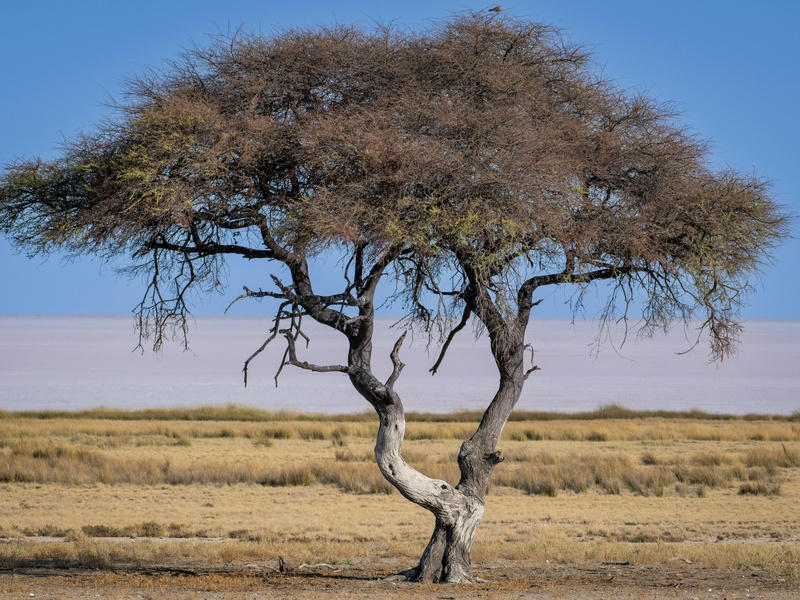
Etosha Pan
The Etosha Pan is a vast, white, saline desert, part of the Etosha National Park. It is not a permanent lake but an extensive shallow depression that occasionally fills with water after heavy rains. This temporary flooding creates a significant wetland, vital for wildlife.
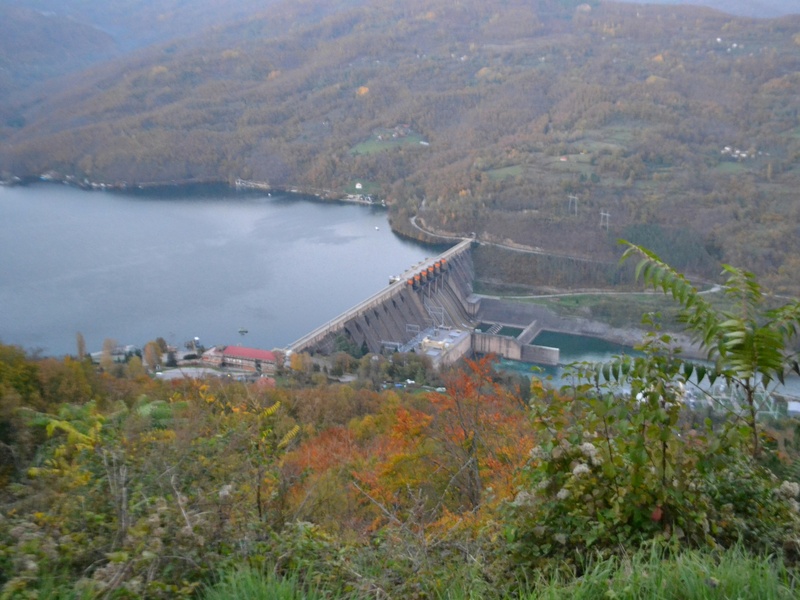
Neckartal Dam
The Neckartal Dam is Namibia’s largest dam, located on the Fish River. It is a man-made lake constructed primarily for irrigation and water supply to support agricultural development in the arid southern region.
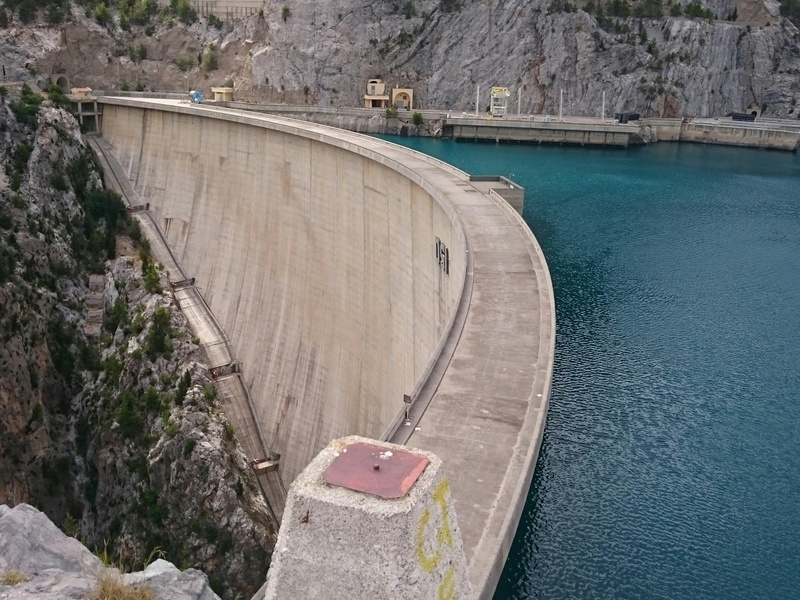
Hardap Dam
The Hardap Dam is a major man-made reservoir in central Namibia, near Mariental. It serves as a crucial water source for irrigation, domestic use, and supports a significant angling industry. Hardap is one of the most important water bodies in Namibia.
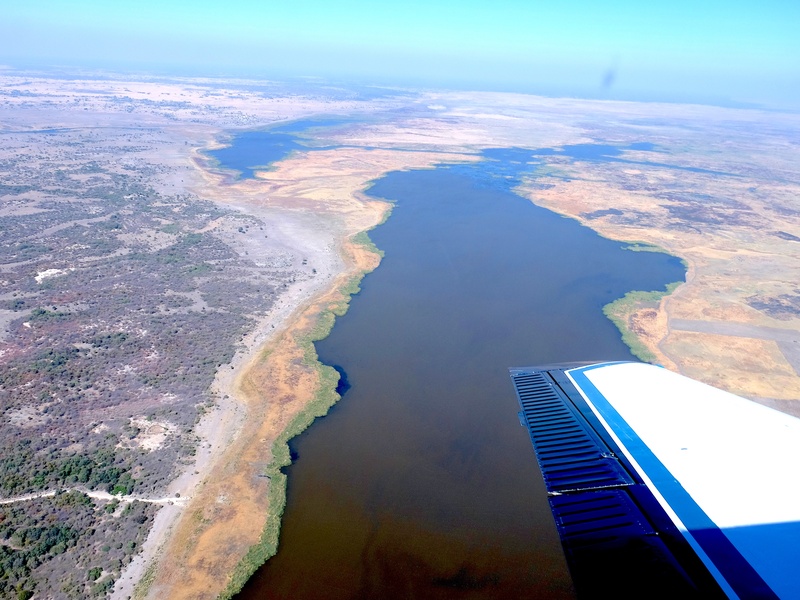
Lake Liambezi
Lake Liambezi is a large, shallow, ephemeral lake in the Caprivi Strip, northeastern Namibia. Its presence is highly dependent on rainfall and the flooding of the Cuando River. When full, it is a significant natural lake for fishing and local communities.
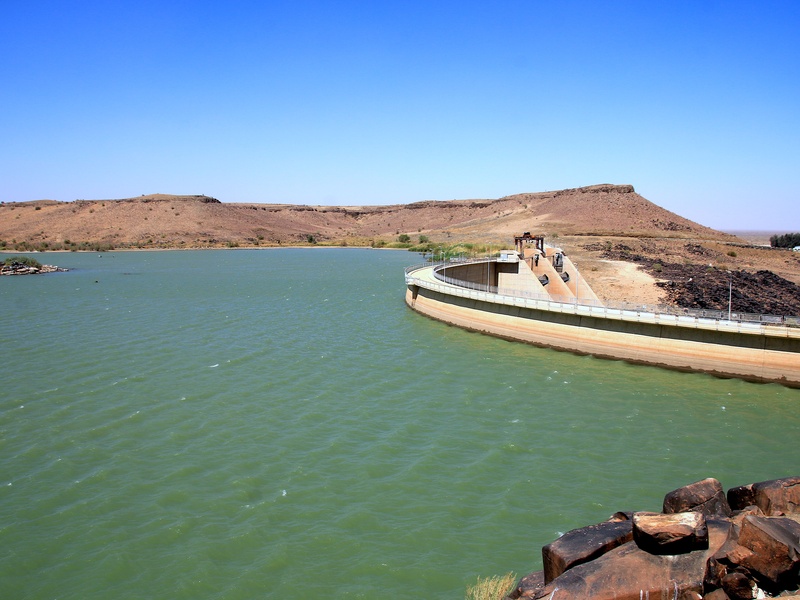
Naute Dam
The Naute Dam is a key reservoir in southern Namibia, located on the Löwen River. It supplies water to nearby towns like Keetmanshoop and supports irrigation for date palm plantations. It is a vital man-made water source in a low-rainfall area.
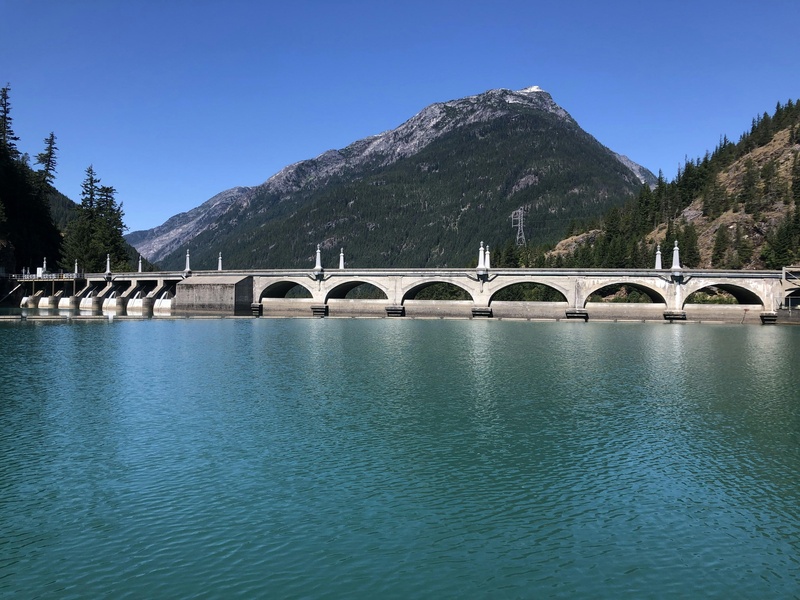
Von Bach Dam
The Von Bach Dam is a principal water supply dam for Namibia’s capital city, Windhoek, and its surrounding areas. Located on the Swakop River near Okahandja, its reservoir is a critical component of the country’s water infrastructure.
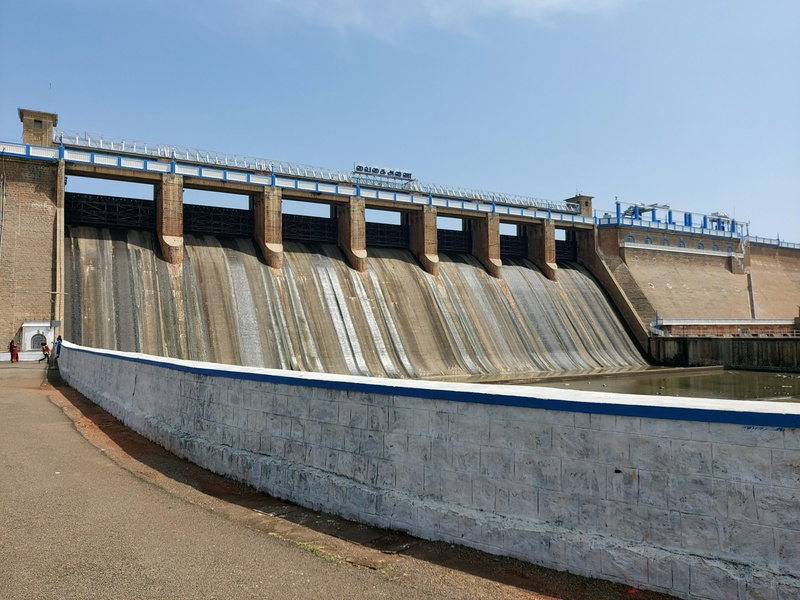
Swakoppoort Dam
The Swakoppoort Dam is a major reservoir that helps supply water to the central coastal areas of Namibia, including the uranium mines. It is situated on the Swakop River, downstream from Von Bach Dam, and plays a key role in regional water security.
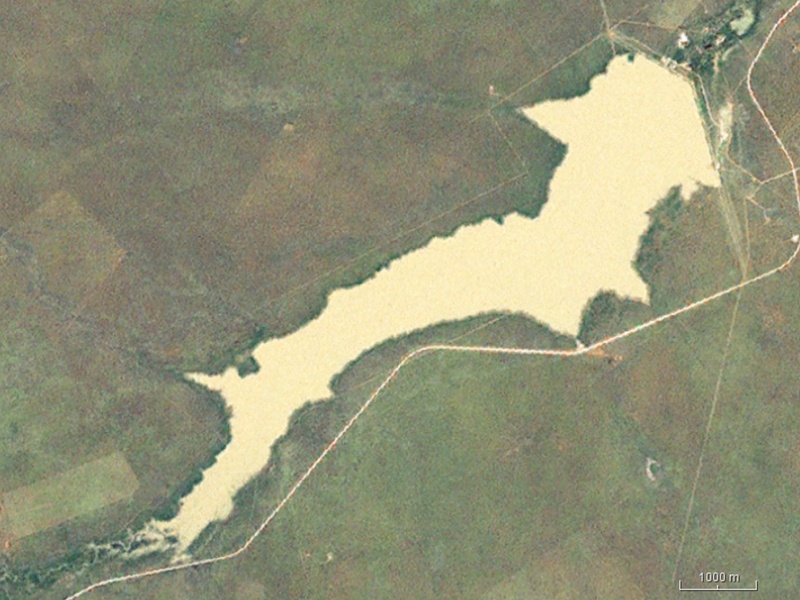
Omatako Dam
The Omatako Dam is one of the major dams contributing to the water supply network of central Namibia, including Windhoek. It is an important storage facility within the Eastern National Water Carrier system, linking various water sources.
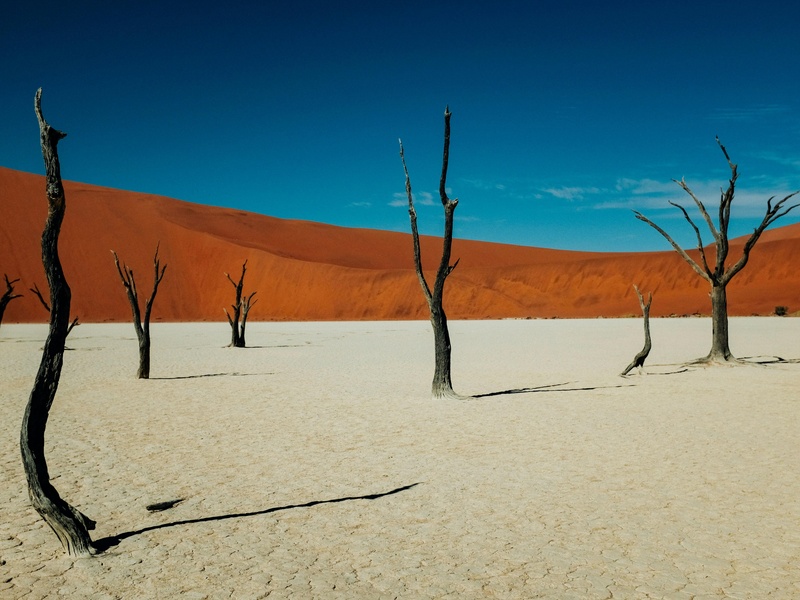
Sossusvlei
Sossusvlei is a dramatic clay pan surrounded by towering red dunes in the Namib Desert. Like Etosha Pan, it is not a permanent lake but an endorheic basin that rarely fills with water after exceptional rainfall, creating a temporary, stunning desert lake.
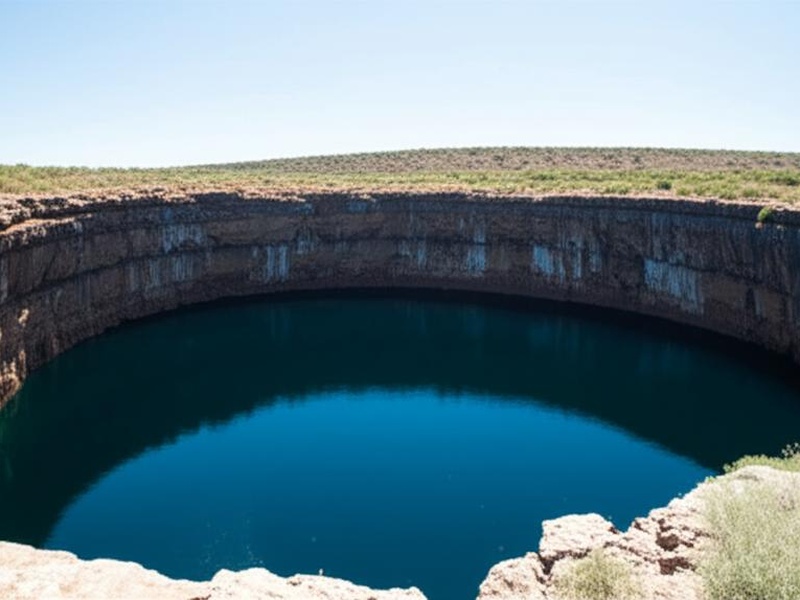
Lake Otjikoto
Lake Otjikoto is one of Namibia’s two permanent natural lakes, formed by a collapsed cave system (sinkhole). Located near Tsumeb, it is known for its clear, deep waters and unique geological origin, making it a significant natural feature.
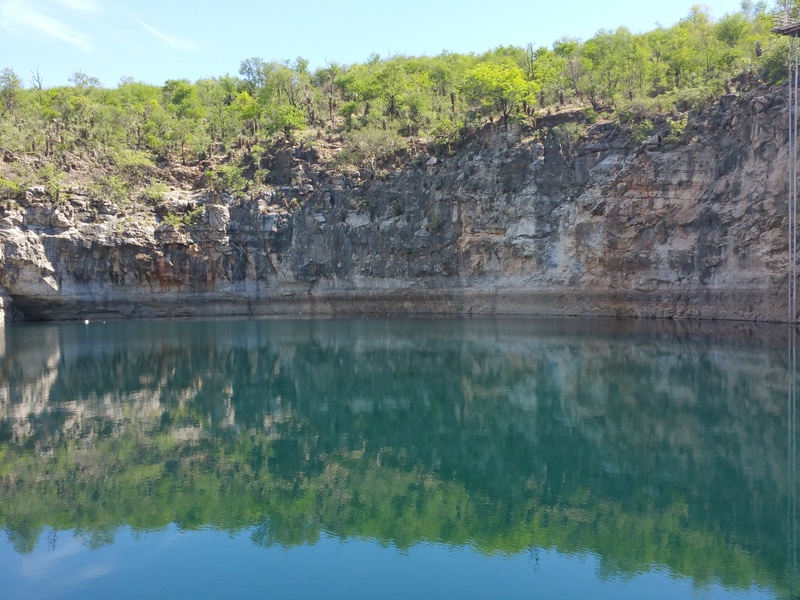
Lake Guinas
Lake Guinas is another of Namibia’s rare permanent natural lakes, also a sinkhole lake. Situated north of Otjikoto, its deep, crystal-clear waters are home to unique fish species, highlighting Namibia’s underground hydrology.
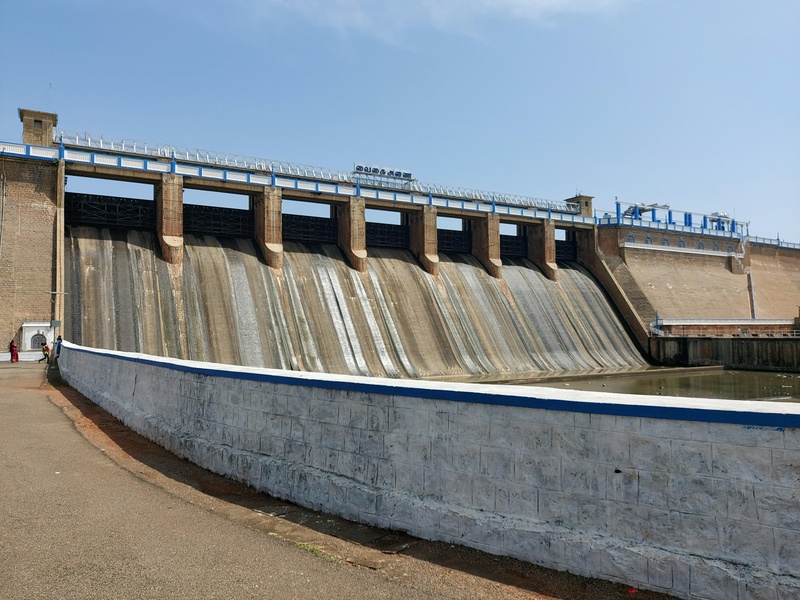
Olushandja Dam
The Olushandja Dam is a vital agricultural dam in northern Namibia, located near Ondangwa. It is primarily used for irrigation, supporting agricultural activities and communities in the densely populated Oshana region.
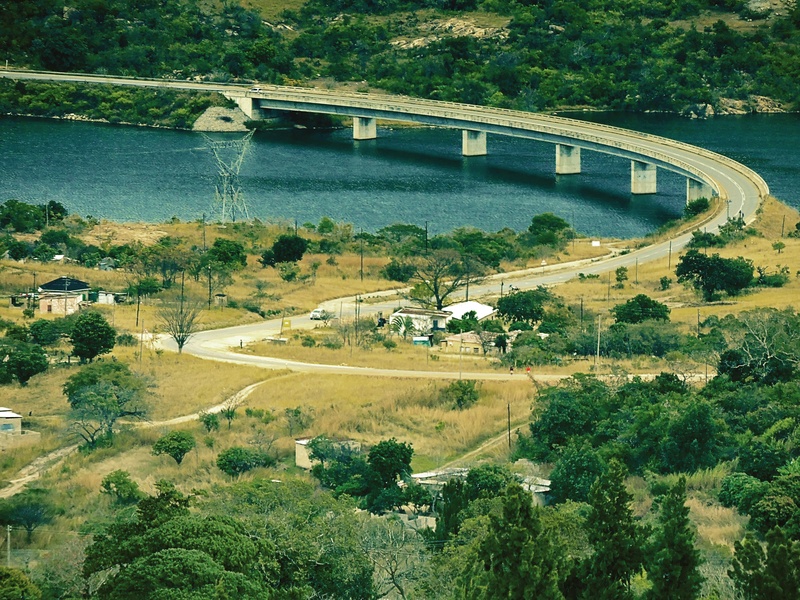
Oanob Dam
The Oanob Dam is a picturesque dam and reservoir located near Rehoboth, south of Windhoek. It provides water for the town of Rehoboth and offers recreational activities such as fishing and boating.
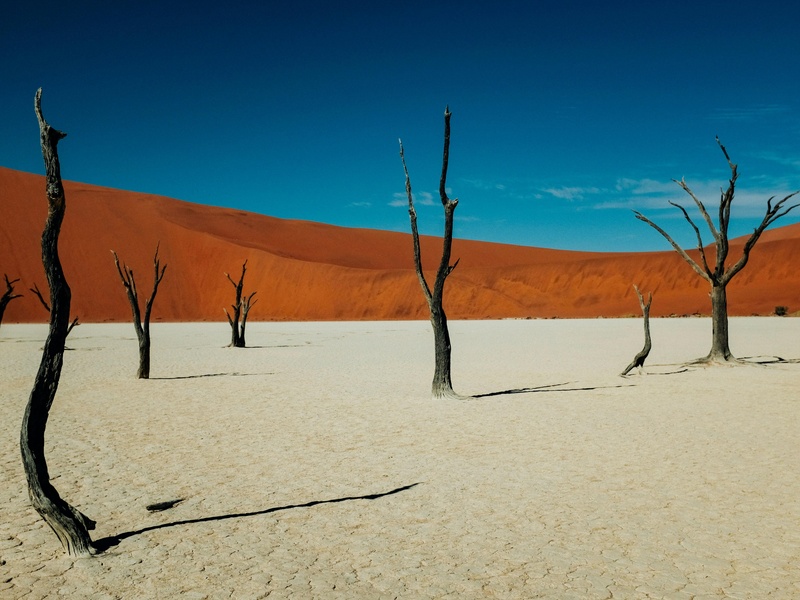
Deadvlei
Deadvlei is a white clay pan surrounded by large sand dunes in the Namib-Naukluft Park. Similar to Sossusvlei, it is an ancient pan where camel thorn trees died due to changing climate, forming a striking landscape, but it rarely holds water.
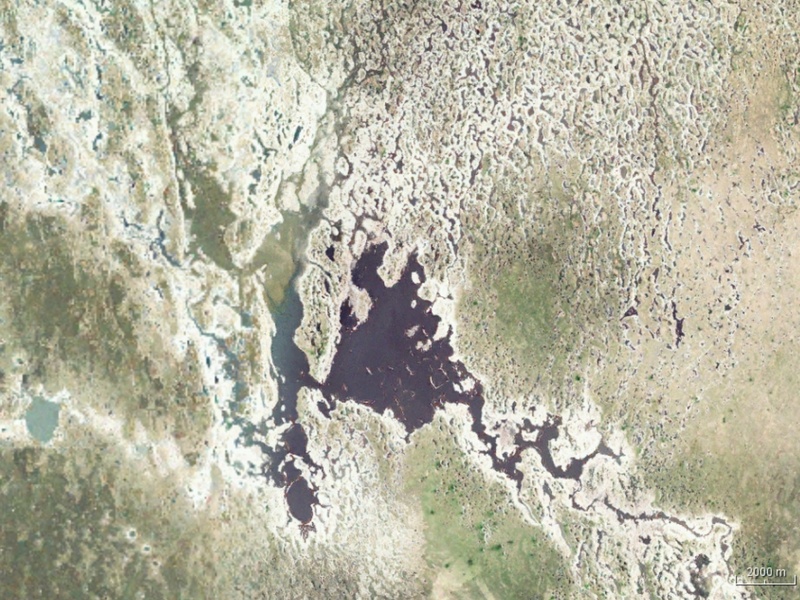
Lake Oponono
Lake Oponono is a large, shallow, ephemeral lake in northern Namibia, part of the Cuvelai-Etosha Basin. It fills during good rainy seasons, supporting local communities through fishing and providing critical habitat for waterfowl and other wildlife.
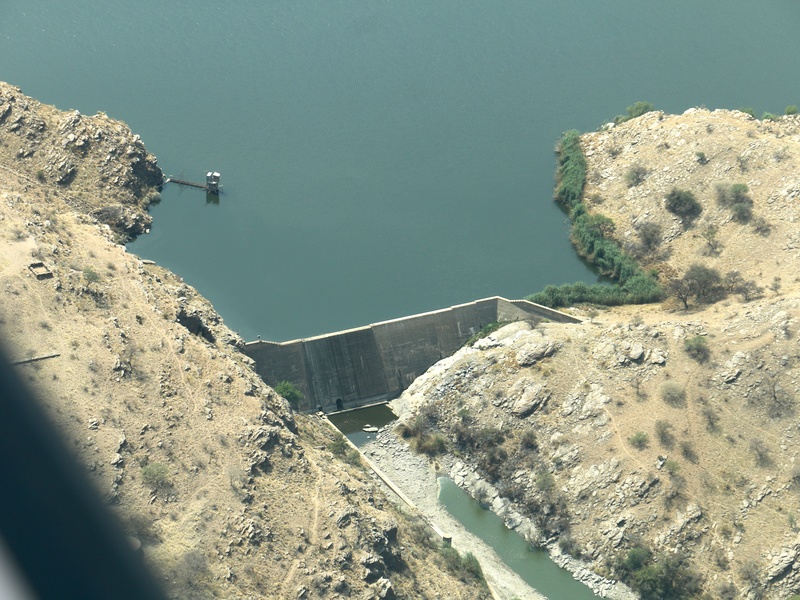
Goreangab Dam
The Goreangab Dam is located on the western outskirts of Windhoek. It serves as a smaller but important water source for the capital, primarily for irrigation and some industrial use within the city’s water management system.
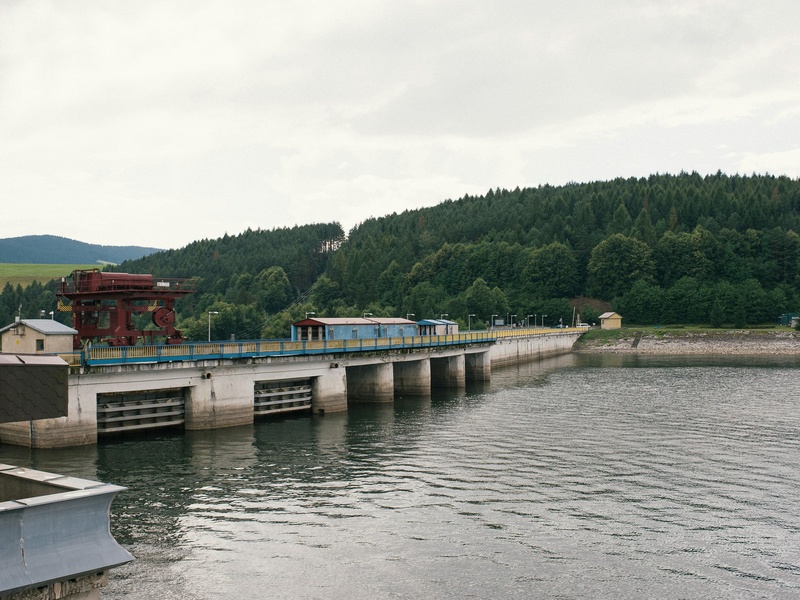
Friedenau Dam
The Friedenau Dam is a key component of the water supply system for the coastal towns of Walvis Bay and Swakopmund. Located on the Swakop River, it captures seasonal flows to provide essential water for these growing urban centers.
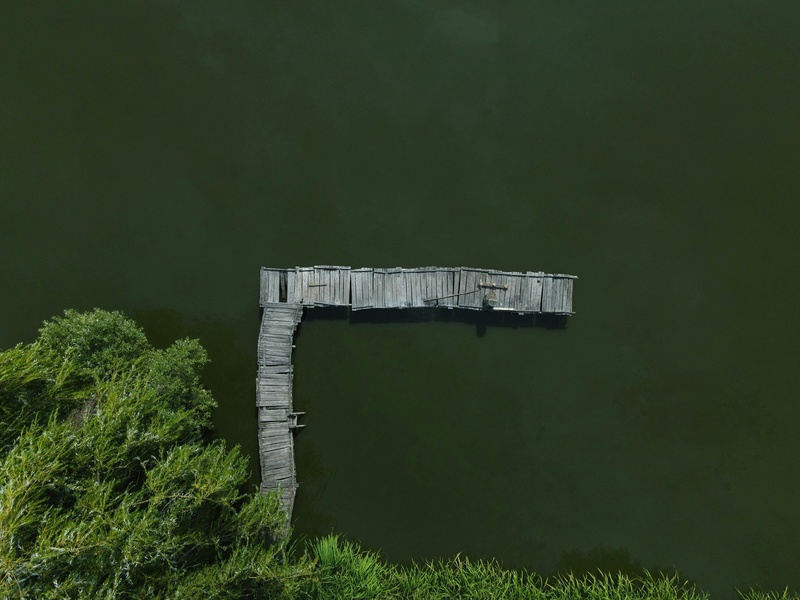
Tilda Viljoen Dam
The Tilda Viljoen Dam is located near Gobabis in eastern Namibia. It is a relatively small but important dam that supplies water to the town and surrounding areas, playing a role in local water security.
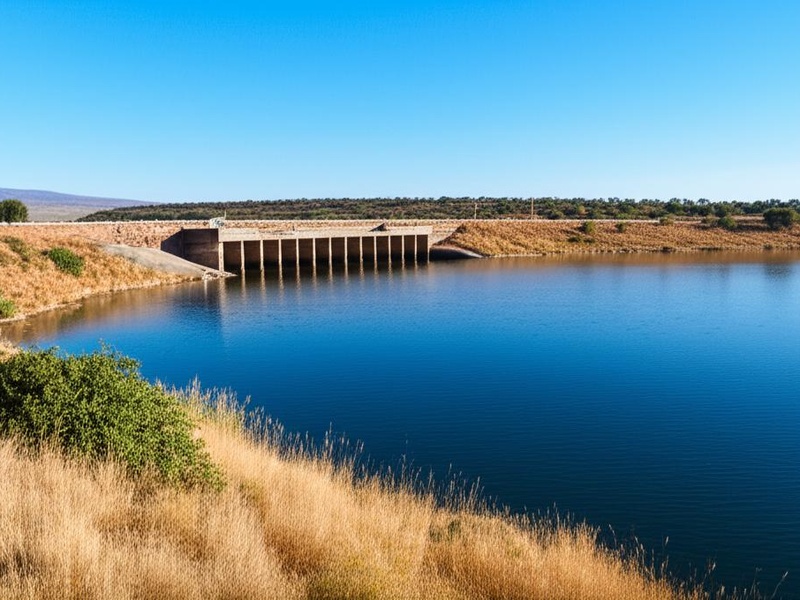
Omatjenne Dam
The Omatjenne Dam is situated near Otjiwarongo in central Namibia. It is a local water source for irrigation and livestock farming in the Omatjenne agricultural region, contributing to local food production.

